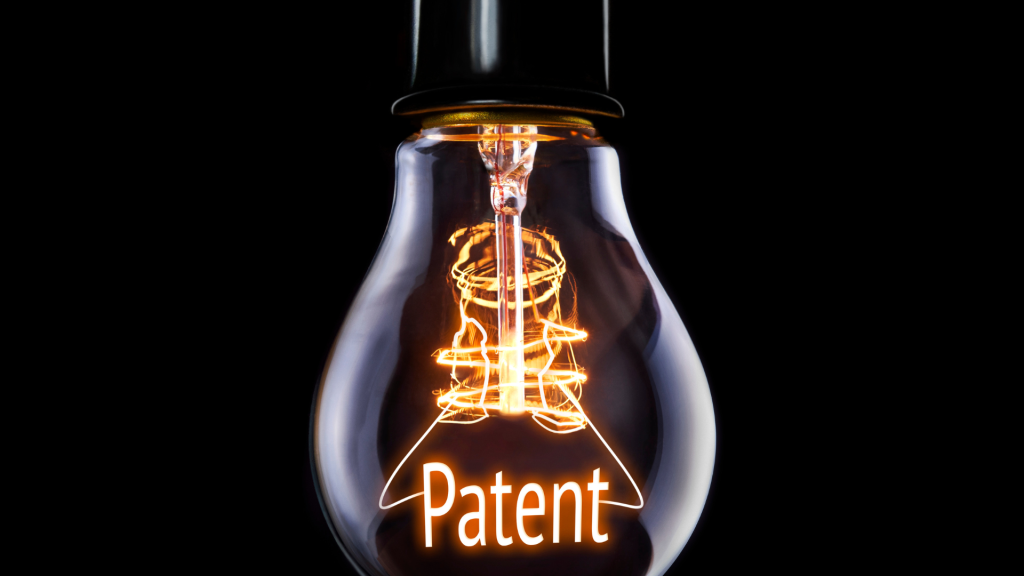Design patents may be the subject of inter partes review and post grant review actions, although these proceedings are not as common as for utility patents.
While the procedural aspects are similar, many of the legal aspects of these proceedings are unique to design patents.
As with utility patents, situations do arise in which design patent owners desire to terminate a proceeding, even if it results in a judgment against a patent.
Under those circumstances, patent owners may request an adverse judgment under Title 37 of the Code of Federal Regulations, Section 42.73(b).
Often, patent owners request the adverse judgment to serve its assertion goals in a corresponding district court action.
However, as with utility patents, design patent owners requesting adverse judgment may encounter procedural impediments that hinder a swift resolution of the Patent Trial and Appeal Board proceeding.
Design patent owners should consider how the requirements for requesting adverse judgment uniquely apply to design patents if the goal is a fast resolution of the PTAB proceeding.
This article provides an overview of some of the challenges design patent owners have encountered when seeking adverse judgments at the PTAB.
Title 37 of the Code of Federal Regulations provides that a patent owner “may request judgment against itself at any time during a proceeding” and sets forth four actions that are “construed to be” such a request.[1]
One way to request adverse judgment is through ”[d]isclaimer of the involved application or patent.”[2] Another action that is similarly construed is ”[c]ancellation or disclaimer of a claim such that the party has no remaining claim in the trial.”[3]
A design patent is permitted to include only a single claim,[4] but a design patent may include figures showing more than one embodiment, provided that those embodiments are patentably indistinct.[5]
Design patent owners seeking adverse judgment in design patent proceedings should also be mindful of the procedural requirements for statutory disclaimers if their goal is for the PTAB to construe that statutory disclaimer as a request for adverse judgment.
Consider, for example, the October 2022, statutory disclaimer filed in Early Warning Services LLC v. Fintech Innovation Associates LLC.[6]
In that case, the patent owner stated that it “hereby donate[s] the D945,453 sole claim to the public domain.”[7]
Yet while the disclaimer was directed to the entirety of the design patent claim, the patent owner specified that ”[t]his disclaimer is not a request for Adverse Judgment as no institution decision has been made at the time of this filing.”[8]
The patent owner also delayed payment of the requisite fee for a statutory disclaimer for about three months after filing the statutory disclaimer.[9]
Despite the patent owner’s express statement that the statutory disclaimer was “not a request for Adverse Judgment,”[10] the board nevertheless construed it as one when considered in combination with the patent owner’s other actions in the proceeding.[11]
Specifically, the board explained that “Patent Owner’s payment of the requisite fee in order to perfect the disclaimer” after an Institution Decision issued “is confirmation that Patent Owner desires to disclaim the sole claim involved in this proceeding.”[12]
The board thus entered adverse judgment against the patent owner and canceled the sole claim in D945,453.[13]
Another case, the Feb 9 Early Warning Services LLC v. WePay Global Payments LLC decision, provides a reminder to consider the unique nature of a design patent claim when drafting statutory disclaimers before the PTAB.[14]
The design patent at issue in that case, D930,702, had a single claim but included two embodiments over five figures.[15]
The patent owner filed a first statutory disclaimer on Oct. 5, 2022, that purported to “disclaim for the full active 15-year term of the D930,702 patent, the First Embodiment claim figures 1 and 2 to the public domain.”[16]
It subsequently filed a second statutory disclaimer on Jan. 26 that purported to “disclaim for the full active 15 year term of the D930,702 patent, the Second Embodiment claim figures 3, 4, and 5 to the public domain.”[17]
While D930,702 depicted two embodiments, as a design patent, it included only a single claim encompassing those embodiments.
Since the portion of Title 35 of the U.S. Code governing statutory disclaimers permits only disclaimer of any complete claim, it is unclear whether either of the patent owner’s attempted disclaimers in early warning was legally operable since each ostensibly disclaimed only a portion of the sole design patent claim.[18]
The board nevertheless considered the piecemeal disclaimers in combination, finding that “by disclaiming all figures and embodiments described in the ’702 patent, [Patent Owner] has disclaimed the entire scope of the sole design claim at issue.”[19]
According to the board, “adverse judgment against Patent Owner was warranted” because ”[t]he statutory disclaimers, taken together, disclaim both embodiments and all five figures set forth in the ’702 patent.”[20]
Yet the board contemplated the possibility that “reasonable minds could differ as to whether Patent Owner intends to disclaim the full scope of the subject matter of the sole design claim at issue,” and, accordingly, engaged in a substantive validity analysis in addition to entering an adverse judgment.[21]
While the board did not explicitly consider it, the first statutory disclaimer included additional language potentially evidencing the patent owner’s intent.[22] In that disclaimer, the patent owner stated:
This disclaimer is in accordance with U.S. Court of Appeals for the Federal Circuit precedential governance: “disclaimer of the disclaimed claims mooted any controversy over them” ([in the 2019 decision] Sanofi-Aventis U.S. LLC v. Dr. Reddy’s Laboratories Inc).[23]
The patent owner’s reference to Sanofi in the early warning disclaimer may be an indication that the patent owner intended to disclaim an entire claim at issue in a corresponding district court proceeding.
This is because in Sanofi, once the claims at issue were disclaimed, “there was no longer a case or controversy regarding those claims,” such that the district court did not have jurisdiction to invalidate them.[24]
However, the patent at issue in Sanofi was a utility patent, which, unlike the design patent at issue in early warning, had more than one claim.[25]
Taken together, these decisions show that design patent owners should consider the unique nature of design patents when preparing statutory disclaimers before the PTAB if the goal is a swift resolution of the proceeding.



